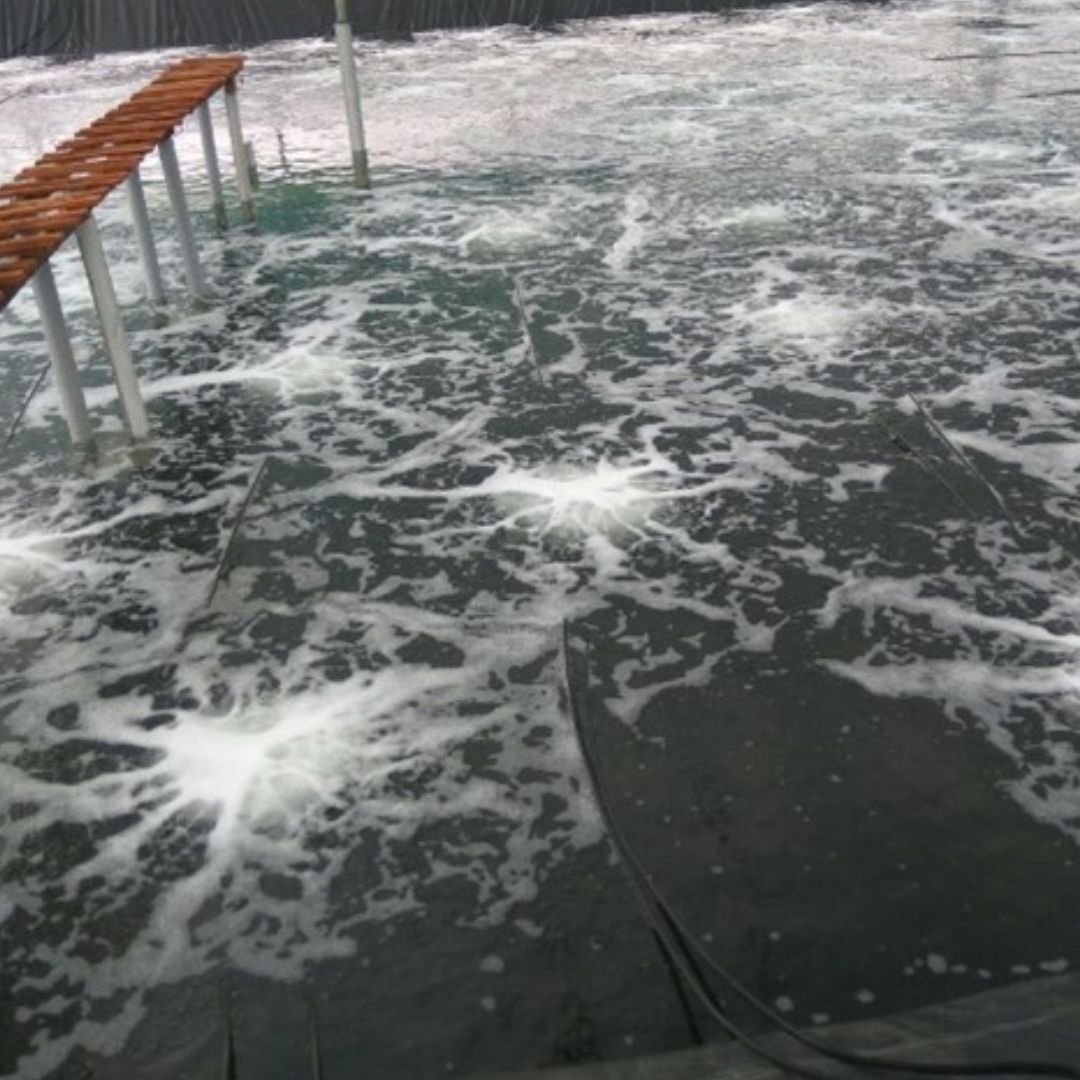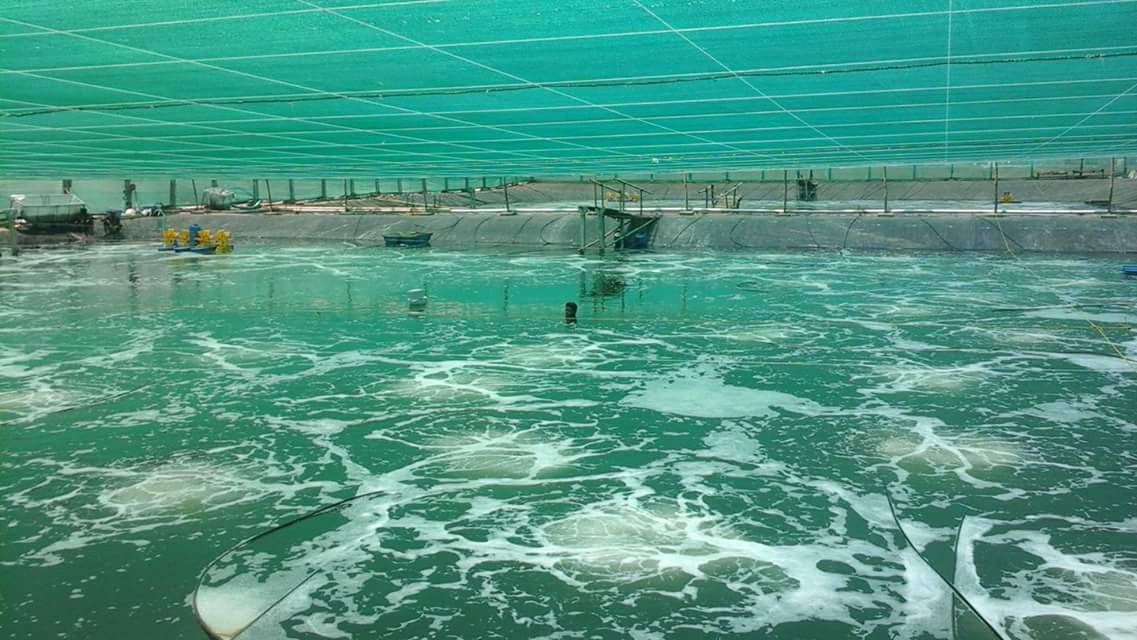What can a shrimp farmer do to reduce shrimp mortality rate? Management of water quality is the most important aspect in any type of shrimp farming and the suitability or fitness of the water ensures smooth survival and reduces shrimp mortality in the best possible way. The farmers have to use the most advanced aeration solution for shrimp farming to maintain the water quality really high and other important aspects like using supplements and keeping the pond clean should also be given proper attention to improve immunity in shrimps.
Problems that cause serious concerns
Various research studies clearly reveal that diseases are the most prominent threat for shrimp survival. The white spot syndrome virus has always been a major concern and Early Mortality Syndrome (EMS) or Acute Hepatopancreatic Necrosis Disease (AHPND) has also been causing a lot of problems for the farmers. Another vital aspect to improve immunity in shrimps is the provision of proper food supply and feeds can be described as one of the biggest operational costs of shrimp farming. The farmers should have correct knowledge on the feeding habits and the behavior of the cultured organisms and, they should also have proper understanding about the nutritional requirements and efficiency in dietary protein conversion for growth.
Increasing the level of key nutrients
The traditional approach to reduce the effect of shrimp diseases is to improve the key nutrients levels such as Carotenoids, Trace minerals, Essential fatty acids, Phospholipids, vitamin C and Vitamin E. Many farmers supplement these booster feeds with immunostimulants and the most of them are derived from the micro organisms’ cell envelope like lipopolysaccharides, lipoproteins and polysaccharides. Excess use of commercially available immunostimulants leads to overstimulation of the immune defense system.
Salinity and pHare critical factors
Salinity is an important consideration and younger shrimps are more capable of tolerating salinity fluctuations compared to adults. When the evaporation gets higher, salt concentration in ponds increases significantly. This situation results in enhanced salinity beyond 40 ppt to cause retarded growth. The farmers have to change the species cultured during summer months and the water needs to be changed frequently through tidal exchanges or by pumps. The pH level of the water sends clear signals about the potential productivity or fertility of the pond water. The most suitable pH level for shrimp production is between 7.5 and 9.0 and the mortality rate goes up when the pH levels comes below 5.0. The low levels of pH can be addressed by adding lime and it neutralizes the acidity to improve the immunity is shrimps. When the pH level goes beyond 9.5 and water exchange can be used to address the excess plankton growth.
Proper management of dissolved oxygen is very vital
Maintaining proper levels of dissolved oxygen in pond water is absolutely necessary for the growth and survival of shrimp. When the shrimps have to deal with the stress of reduced concentration of oxygen for an extended period, their immunity comes down significantly and this situation can be addressed with steps such as frequent water exchange by tidal flow or pumping and using advanced aerators for shrimp farms.
Temperature level is a matter of supreme importance
Water temperature makes a strong impact on regulating activities of the cultured animal. The rate of biological and chemical reactions gets doubled with every 10°C temperature increase and the dissolved oxygen need of shrimps becomes higher in warmer water. The farmers have to retain the right temperature levels to ensure optimal immunity in shrimps.
Best aeration solution for shrimp farming must be employed to increase the efficient management of the dissolved oxygen and it also helps the farmers reduce the electricity costs considerably. Advanced aerators for shrimp farms ensure the supply of uniform dissolved oxygen throughout day and night and, they never interfere with the aquatic life unnecessarily. Other benefits of installing sophisticated aerators include enhanced food conversion ratio, minimal maintenance time, reduced cost and higher and faster yield as well.






 WhatsApp us
WhatsApp us
Leave A Comment